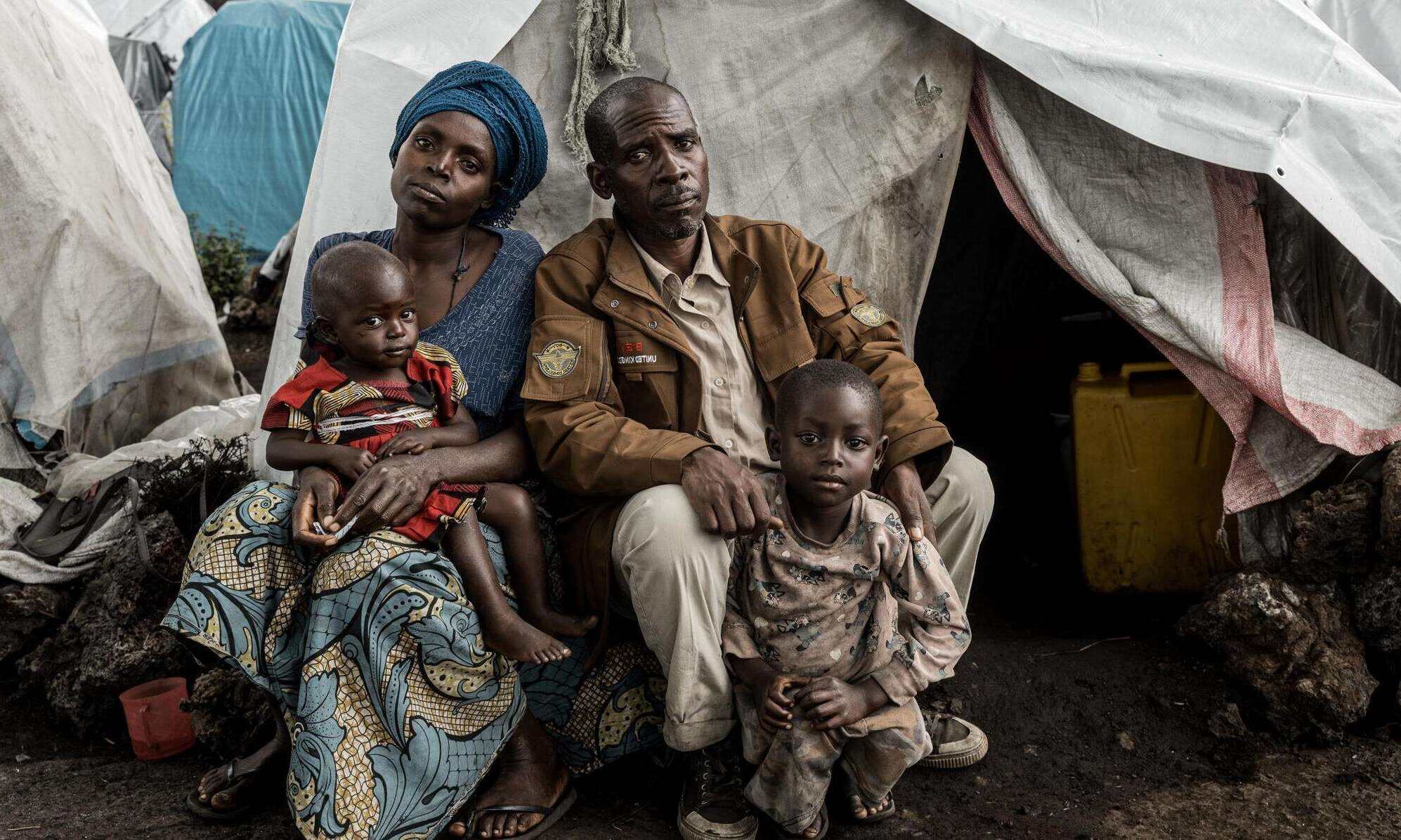Congo Vs D.R.C. – What’s The Real Story?

Ever wondered about the difference between Congo and D.R.C.? These two countries, both located in Central Africa, often confuse travelers and geography buffs alike. The Republic of the Congo, sometimes called Congo-Brazzaville, sits on the western side of the Congo River. Its capital is Brazzaville. On the other hand, the Democratic Republic of the Congo, or D.R.C., is much larger and lies to the east of the river. Its capital is Kinshasa. Despite their proximity, these nations have distinct histories, cultures, and attractions. Understanding their differences can enrich your travel experience and deepen your appreciation for this fascinating region.
Understanding the Difference Between Congo and D.R.C.
The names Congo and D.R.C. often cause confusion. Both countries share a border and a river, but they are distinct nations with unique histories and cultures. Let's dive into what sets them apart.
Geography and Size
Geography plays a significant role in distinguishing these two countries.
Democratic Republic of the Congo (D.R.C.): Located in Central Africa, D.R.C. is the second-largest country on the continent. It spans over 2.3 million square kilometers, making it a vast land with diverse landscapes, including rainforests, savannas, and mountains.
Republic of the Congo: This smaller neighbor lies to the west of D.R.C. It covers about 342,000 square kilometers. Despite its smaller size, it boasts rich biodiversity and lush rainforests.
Capital Cities
Capital cities often reflect the heart of a nation. Both countries have capitals that are cultural and political hubs.
Kinshasa (D.R.C.): Kinshasa is one of Africa's largest cities. It sits on the Congo River's southern bank, directly across from Brazzaville. Known for its vibrant music scene and bustling markets, Kinshasa is a city of energy and resilience.
Brazzaville (Republic of the Congo): Brazzaville, the capital of the Republic of the Congo, lies on the northern bank of the Congo River. It offers a more laid-back atmosphere compared to Kinshasa, with colonial architecture and serene river views.
Historical Background
History has shaped both nations in unique ways, influencing their current identities.
D.R.C.: Formerly known as Zaire, D.R.C. gained independence from Belgium in 1960. The country has faced political turmoil, civil wars, and economic challenges, but it remains rich in natural resources like minerals and timber.
Republic of the Congo: This nation achieved independence from France in 1960. Its history includes periods of political instability and civil conflict. However, it has made strides in economic development, particularly in the oil sector.
Languages and Culture
Language and culture are key aspects that highlight the differences between these two countries.
D.R.C.: French is the official language, but the country is home to over 200 ethnic groups, each with its own language and traditions. Music, dance, and art are integral to Congolese culture, with genres like soukous gaining international fame.
Republic of the Congo: French is also the official language here. The country has a rich cultural tapestry, with traditional music, dance, and festivals playing a significant role in daily life. The Kongo and Teke are among the prominent ethnic groups.
Economy and Natural Resources
Both countries have economies heavily reliant on their natural resources, yet they differ in their primary exports.
D.R.C.: Known for its vast mineral wealth, D.R.C. is a leading producer of cobalt, copper, and diamonds. Despite this, the country faces economic challenges, including poverty and infrastructure deficits.
Republic of the Congo: The economy here is largely driven by oil production. The country also has significant timber and mineral resources. Economic reforms and investments aim to diversify the economy beyond oil.
Wildlife and Natural Attractions
Nature lovers will find both countries offer incredible wildlife and natural attractions.
D.R.C.: Home to several national parks, including Virunga National Park, which hosts mountain gorillas and active volcanoes. The Congo River and its tributaries provide opportunities for fishing and river cruises.
Republic of the Congo: Odzala-Kokoua National Park is a highlight, offering chances to see forest elephants, gorillas, and diverse bird species. The country's rainforests are among the most pristine in the world.
Understanding the differences between Congo and D.R.C. helps appreciate the unique qualities each nation brings to the African continent.
Understanding the Differences
Congo and the Democratic Republic of Congo (D.R.C.) are two distinct countries with unique histories, cultures, and landscapes. Congo, also known as the Republic of Congo, is smaller and located to the west of the D.R.C. The D.R.C. is much larger and has a more tumultuous history, including conflicts and political instability. Both countries offer rich natural resources and diverse wildlife, but the D.R.C. is more famous for its vast rainforests and the Congo River.
Travelers should be aware of the differences in safety, infrastructure, and tourist attractions. While Congo is generally more stable, the D.R.C. requires more caution due to ongoing conflicts in certain regions. Understanding these distinctions can help you make informed decisions when planning a visit. Whether you're interested in wildlife, culture, or history, both countries have unique experiences to offer.

